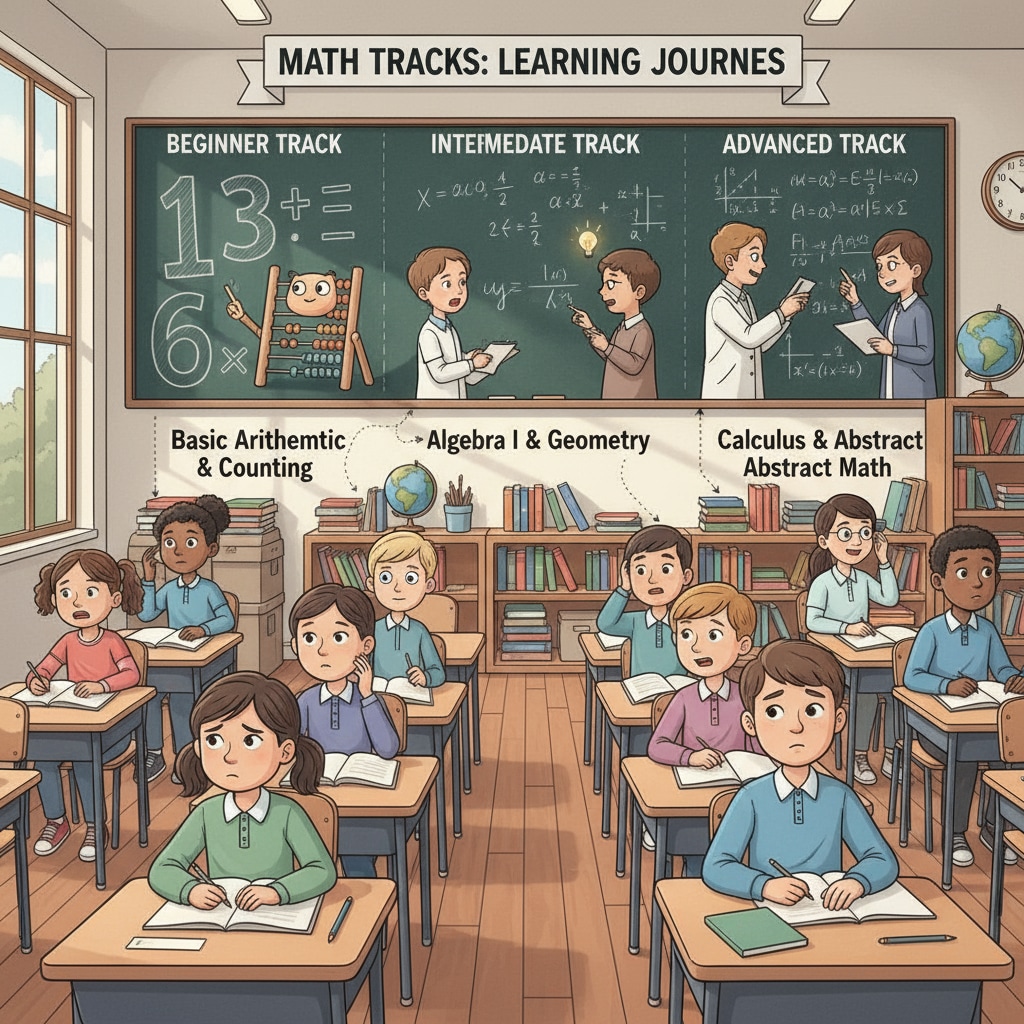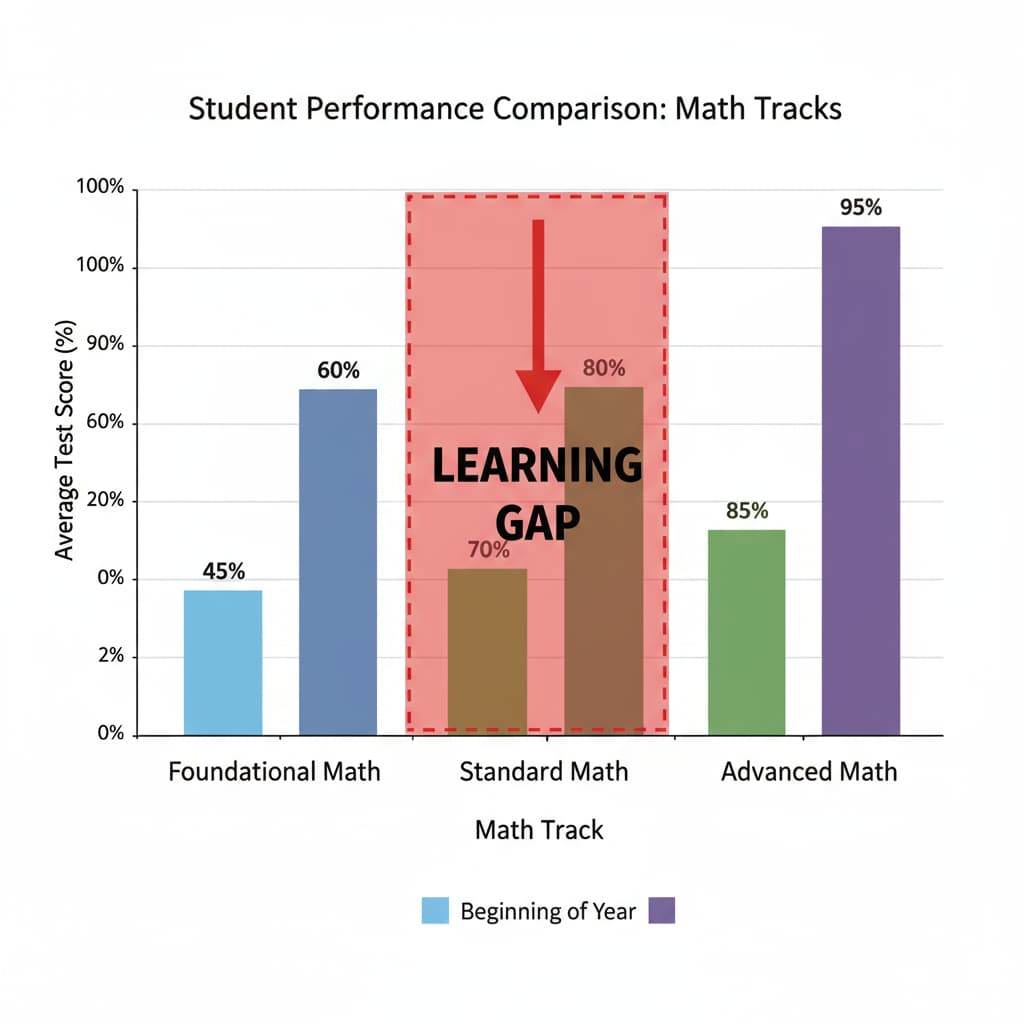In the realm of K12 education, the issues of teacher shortage, math track classification, and learning gaps are intertwined in a complex web. These elements not only affect individual students’ educational journeys but also have far-reaching implications for the overall educational system.

As we embark on understanding this intricate relationship, it’s essential to first examine each component separately.
The Phenomenon of Math Track Classification
Math track classification in K12 education involves sorting students into different groups based on their perceived math abilities. This practice aims to provide targeted instruction tailored to students’ skill levels. However, it often leads to a self-fulfilling prophecy. Students placed in lower math tracks may receive less challenging material and fewer resources, which can widen the learning gap. For example, a study by the National Council of Teachers of Mathematics National Council of Teachers of Mathematics found that students in lower tracks showed slower progress in math compared to their peers in higher tracks.

The Looming Teacher Shortage
The teacher shortage, especially in math, is a growing concern. There are several factors contributing to this shortage. Low pay, high workloads, and lack of support are some of the main reasons teachers are leaving the profession. Additionally, the demand for math teachers is increasing as more students are interested in STEM fields. According to the Bureau of Labor Statistics Bureau of Labor Statistics, the shortage of math teachers is expected to worsen in the coming years.
The connection between math track classification and teacher shortage is subtle but significant. When students are sorted into tracks, it can create an uneven distribution of teaching resources. Teachers may be more inclined to teach higher-performing students, leaving those in lower tracks with less experienced or overburdened teachers. This, in turn, can lead to a further increase in the learning gap.
Readability guidance: In this section, we’ve used short paragraphs to clearly present the key points. The lists help summarize the factors contributing to the teacher shortage. Transition words like “however” and “additionally” have been used to make the flow of the text more logical.
The vicious cycle formed by these issues is a cause for alarm. The learning gap created by math track classification can demotivate students, leading to a decrease in the number of students interested in pursuing math-related careers. This, in turn, reduces the pool of potential math teachers, exacerbating the teacher shortage problem.
To break this cycle, comprehensive educational reforms are needed. This includes reevaluating the math track classification system to ensure it doesn’t create unnecessary barriers for students. Additionally, efforts should be made to improve the working conditions and pay of teachers to attract and retain talented individuals in the profession.
In conclusion, the issues of teacher shortage, math track classification, and learning gaps in K12 education are deeply interconnected. Recognizing and addressing these connections is crucial for creating a more equitable and effective educational system.


